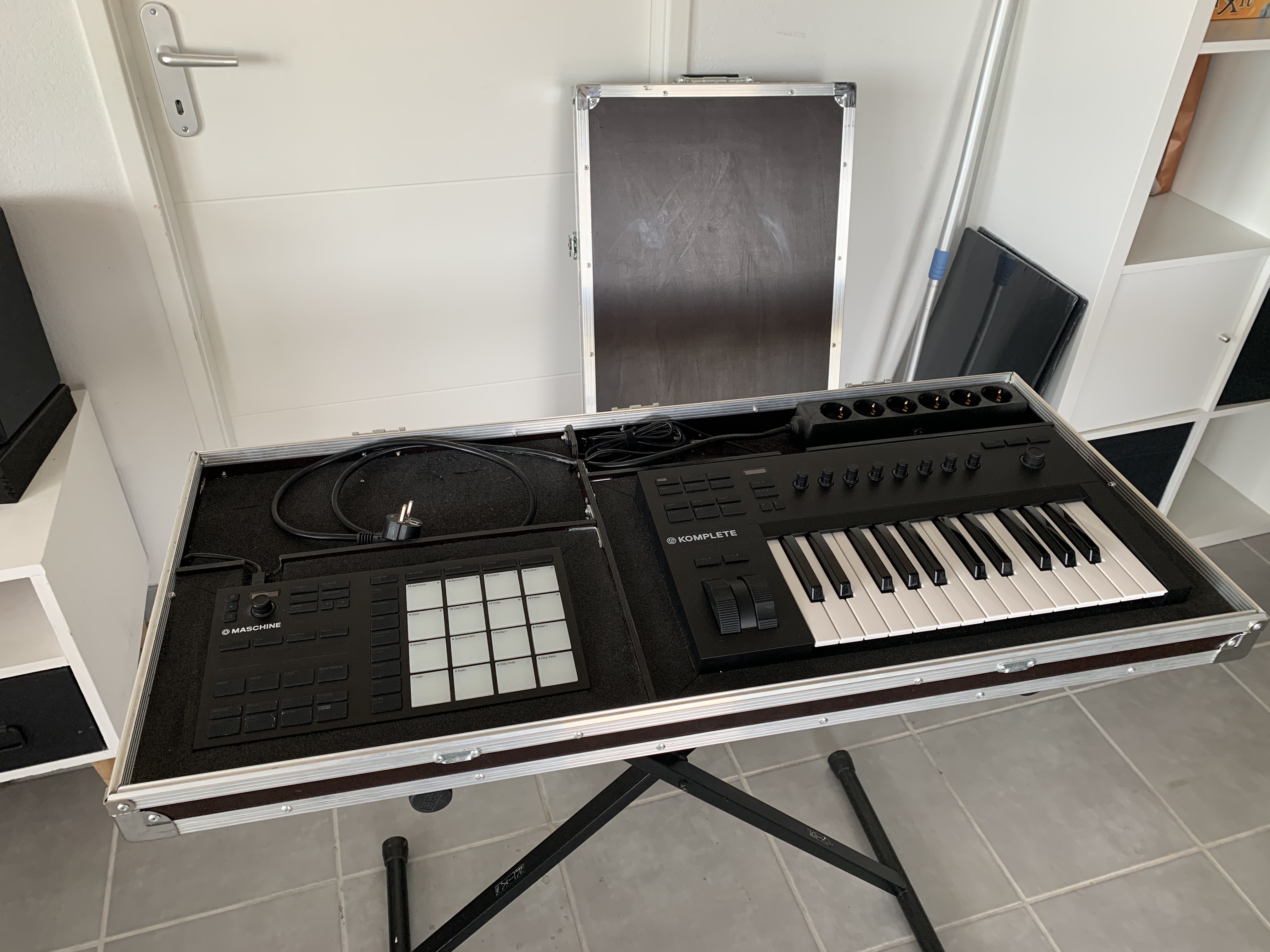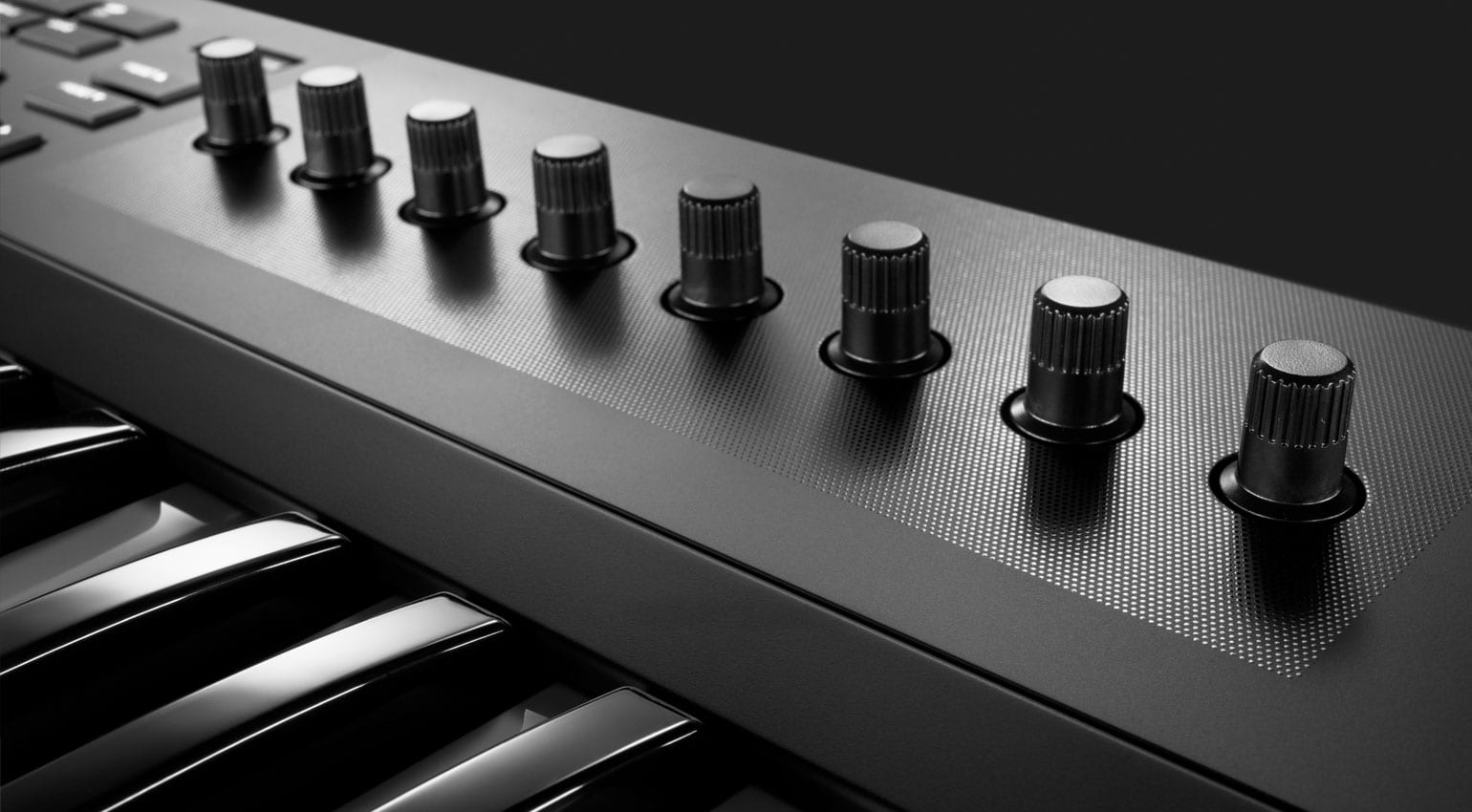

I love every single little knob on this thing and I could write an entire book about how awesome the keys are (more on that later) but if you take away all those added pieces you’re left with a frame that lacks any distinguishing features whatsoever. The hard angles and rectangular aesthetic worked very well on the Maschine Mikro, but here it just seems like Native Instruments wants to poke me in the hand with a sharp corner. It’s not ugly, so to speak, but it is all elbows.

If you do play piano, or you’re planning to learn in the long run, the A61 or A49 may suit your needs better than the limited immediately-available range of the A25. The 25 indicates the number of keys the device has, where the other models are the 49 and 61. I got my mitts on the littlest one, the A25. With the A-series you get the tactile feel of a semi-weighted set of keys combined with more than a dozen sound-shaping tools (in the form of programmable knobs and dedicated buttons) you can manipulate by hand. So why use a MIDI-controller? For the exact same reason DJs still cut records and cello players still rock the bows: because there’s no digital substitute for the human touch.

Nearly anything you can do by playing its keys, mashing its buttons, or twisting its knobs can be accomplished by clicking around in the software you’ll be using. Technically speaking, most MIDI-controllers don’t actually do anything you can’t do with your computer mouse.


 0 kommentar(er)
0 kommentar(er)
